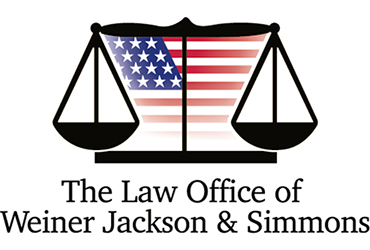What Happens Next? Closing 101
Yea….you found a new home! You have so much to do. You need to pack. You may also be busy shopping for necessities, such as furniture, towels and dishes. You may also need to hurry up and WAIT??
Closing attorneys, lenders, and real estate agents do their best to make closings happen on the date stated on your Purchase and Sales Agreement (“P&S”). We work as a team, along with many other professionals. During this time, lenders coordinate with appraisers and insurance companies. Agents insure that certificates are obtained and utilities paid. The closing attorney teams with engineers, title researchers, local tax officials, and sellers (or their attorneys). A good team of agents, lenders, and attorneys will be in constant communication with one another and will be focused on the same goal of closing on time.
Once everything is ready, your lender will send a Closing Disclosure for your approval. The Closing Disclosure contains all costs and credits involved in the transaction. Buyers must wait three days after the document is released to “close” or purchase the home.
What happens next? Make sure that you have your photo identification ready, your funds available, and stretch those fingers!
Typical closings involve 150(ish) pages of paper, some from the lender and others from the attorney. Some of the documents will be familiar to you, like your Closing Disclosure, tax forms and loan application; other documents may be less familiar to you, like an Owner’s Title Policy or Declaration of Homestead. The closing attorney will highlight the content, show you where to sign or initial, and (sometimes) date. The entire process usually moves very quickly and is done under one hour.
Once the documents are signed, some need to be recorded at your local Registry of Deeds. As soon as that happens, you are officially a homeowner. Congratulations!!
** In most cases, a Closing Disclosure is used; however, there are exceptions, such as a property being paid for in cash and reverse mortgages.







